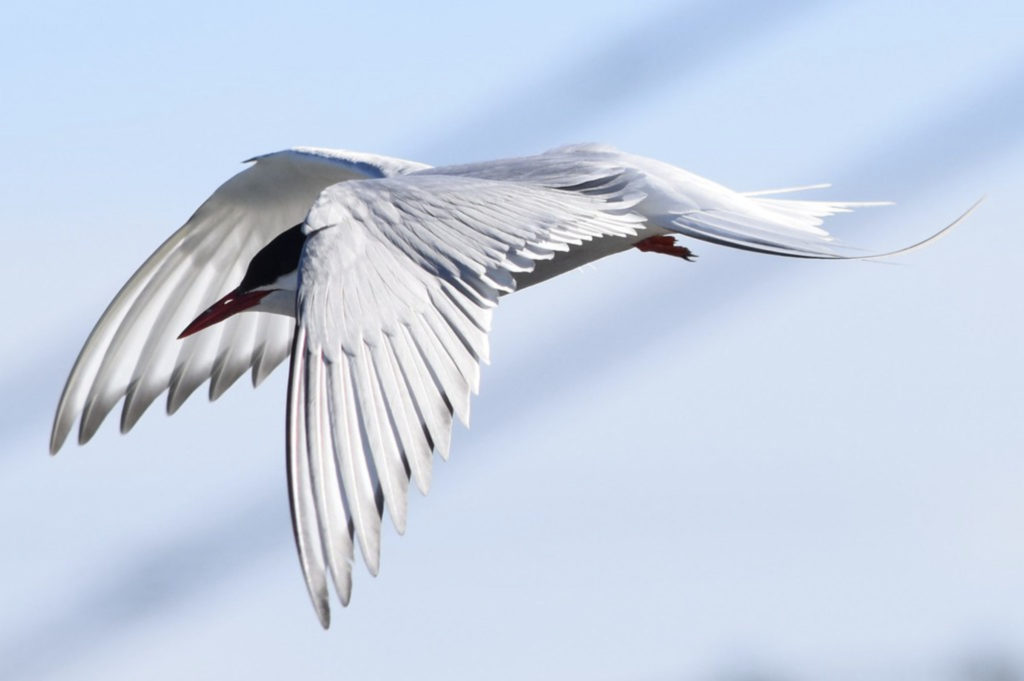© Eric J. Woehler
Seabird Species
Terns & Noddies
From pole to pole (almost), these birds migrate like no other.
Terns belong to the family Laridae, alongside gulls and skimmers. These seabirds have a worldwide distribution, with members of this group breeding on all continents.
Many tern species make very long migrations – including the longest migration of any animal recorded for the Arctic Tern.
Terns vary in size from the small Least Tern at 23cm long to the larger 56cm-long Caspian Tern. Most of this group feed on fish by plunge-diving into the water from a height of 10m to 15m – however they only dive into the surface water layers as they cannot swim very well! Noddies also belong to the Laridae family, and are found across the tropcis, breeding in many locations in the Pacific, Atlantic and India oceans.
In The Seabird Tracking Database:
Spotlight species: Arctic Tern
The incredible Arctic Tern (Sterna paradisaea) migrates from its breeding grounds in the Arctic to its wintering grounds in Antarctica every year. This is the longest migration of any animal, with some individuals travelling in excess of 11,000 miles each way! An individual living for 25 years would travel a distance greater than the distance to the moon and back! Despite this species being listed as of Least Concern, its population numbers are declining due to several factors such as invasive American Mink feeding on young Arctic Terns at the nest, and climate change reducing habitat availability.
Please view this page on a desktop computer to see our interactive species colony map.
Tracked colonies of Terns & Noddies
Use the map below to explore seabird colonies around the world.
Thanks to our data contributors: Carsten Egevang; Chris Redfern; Jacob Gonzalez-Solis; Jan Veen; Jonathan Green; Justine Dossa; Kiyoaki Ozaki; Louise Soanes; Melinda Conners; Nick Sisson; Peter H Becker; Richard Phillips/BAS; Sara Maxwell; Steffen Oppel; Willem Bouten
